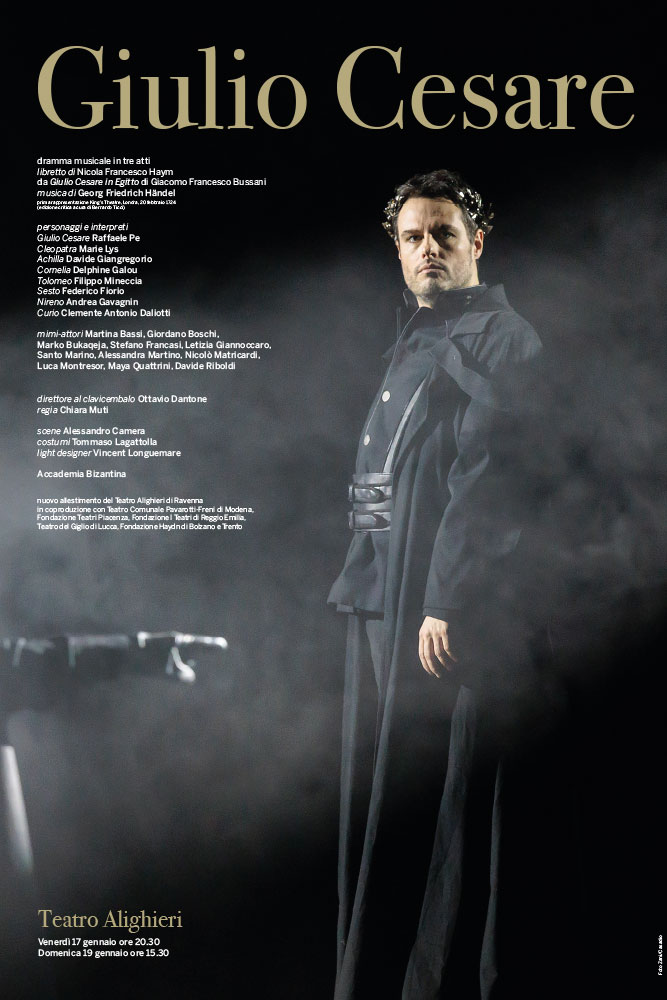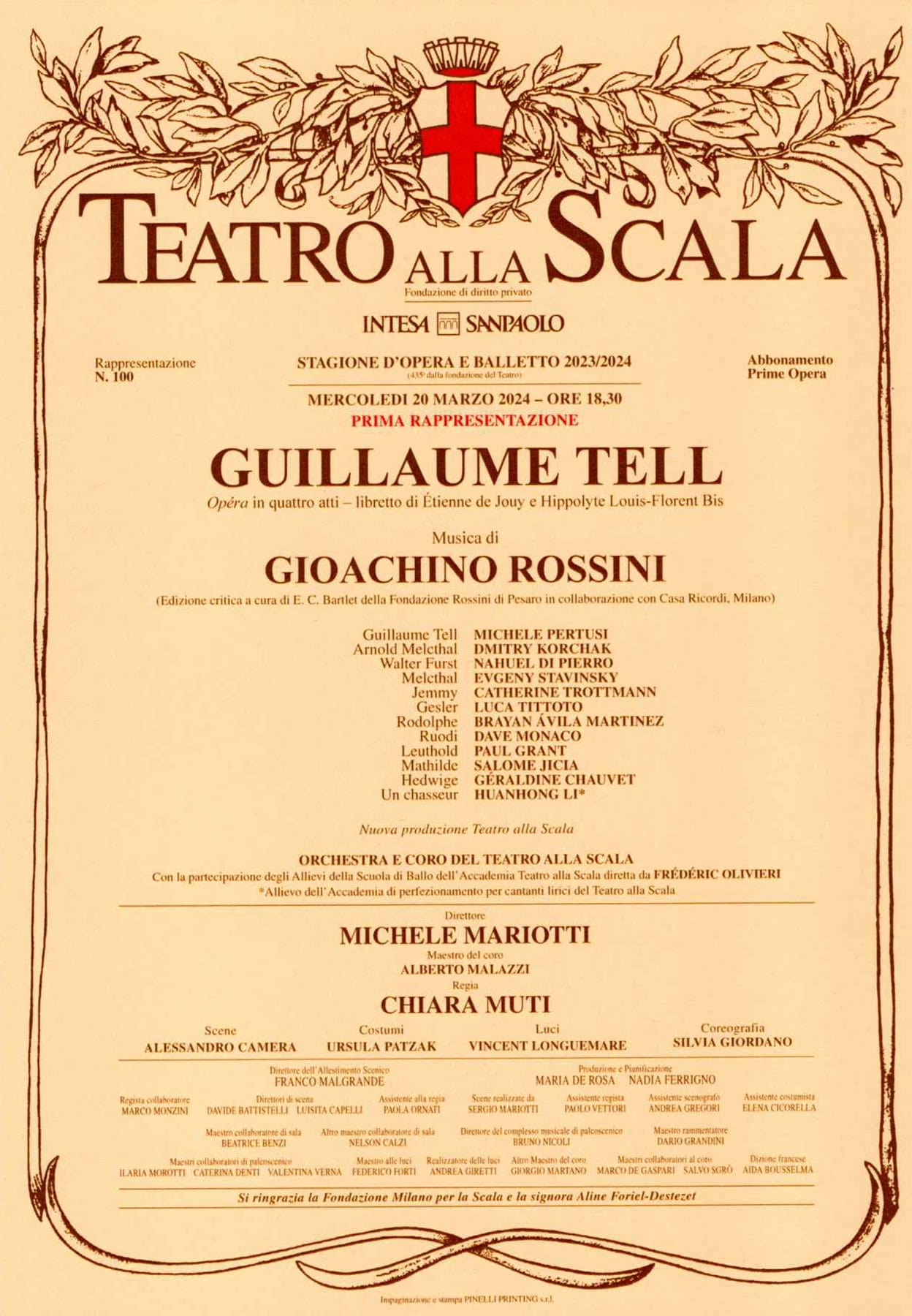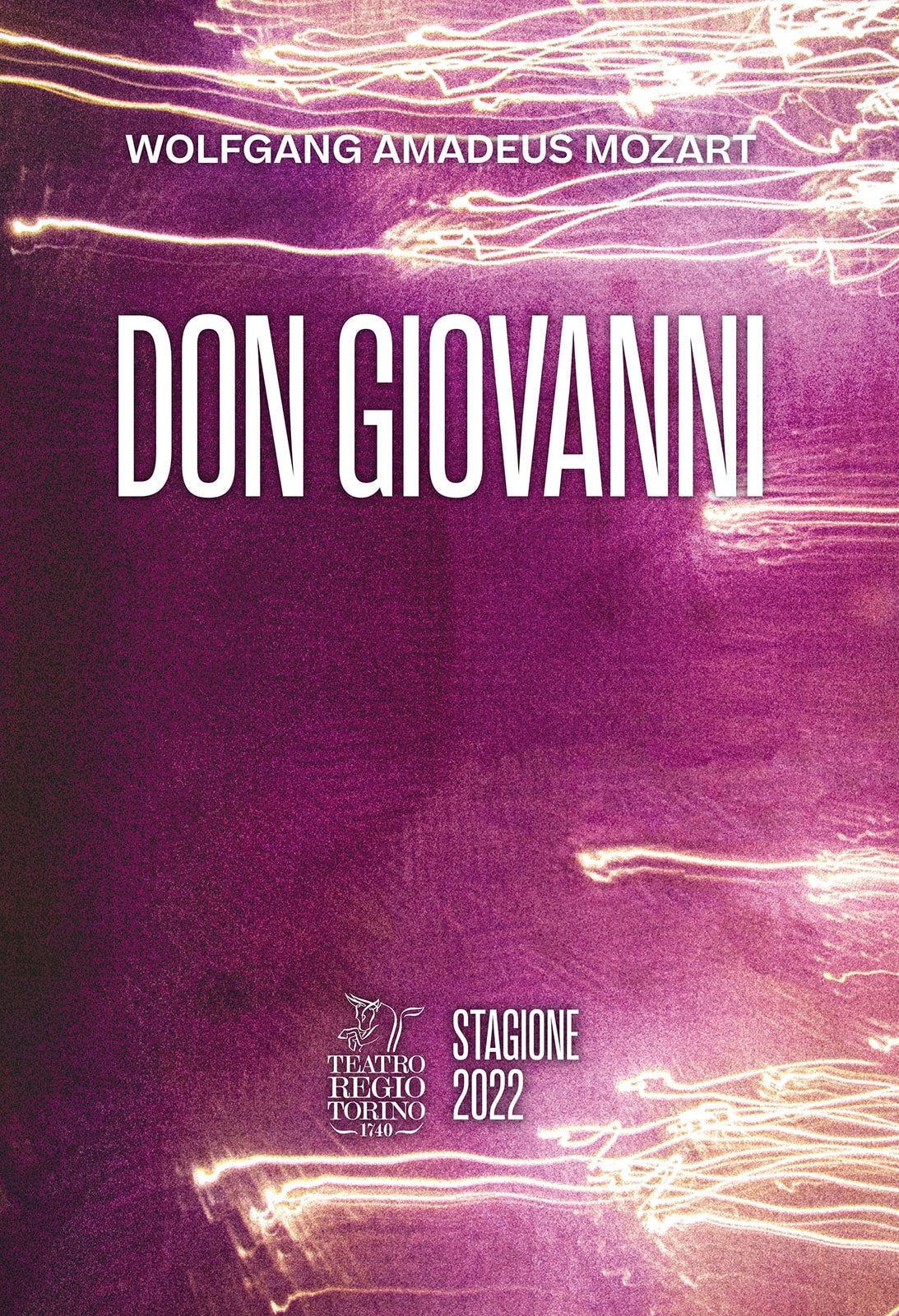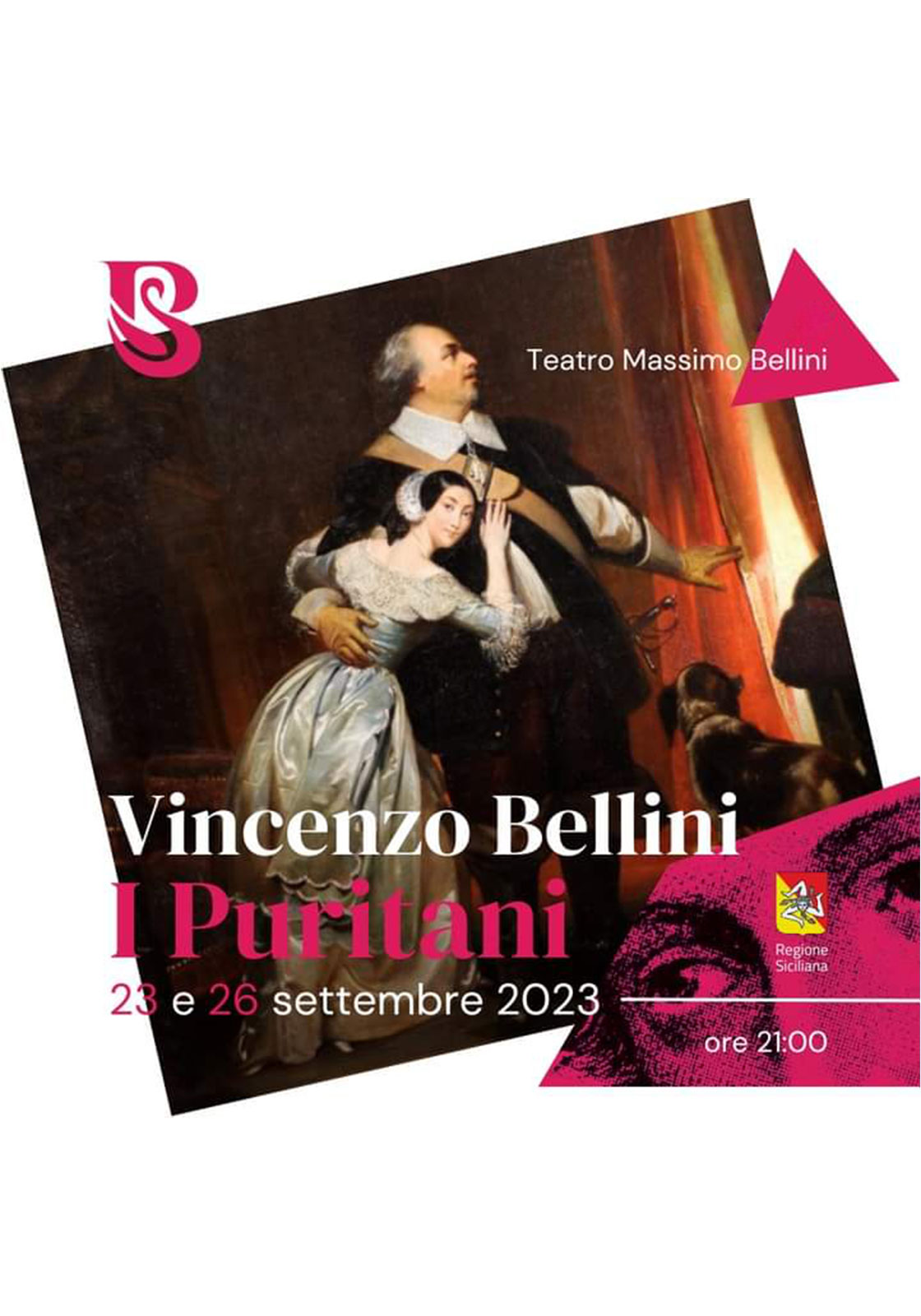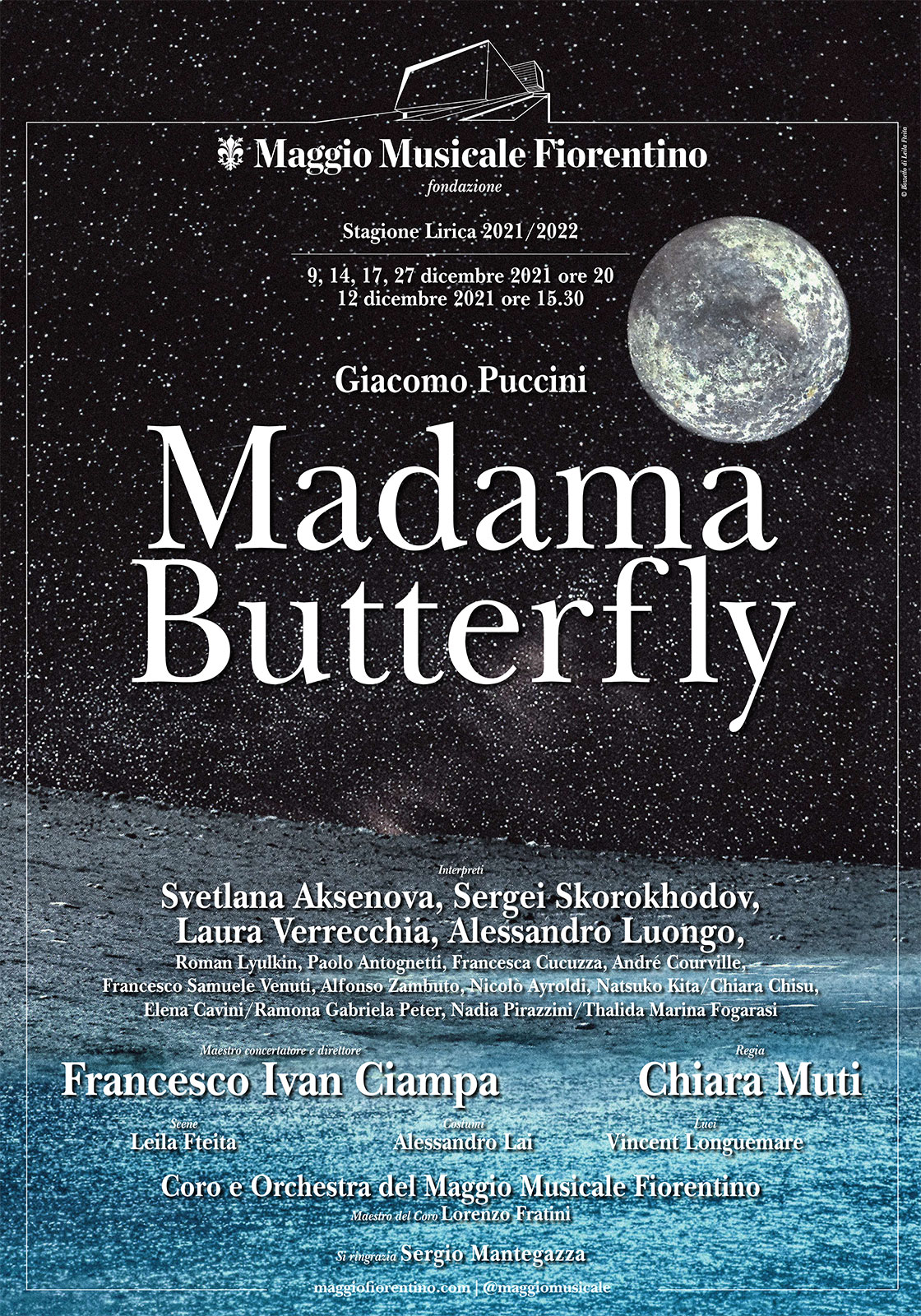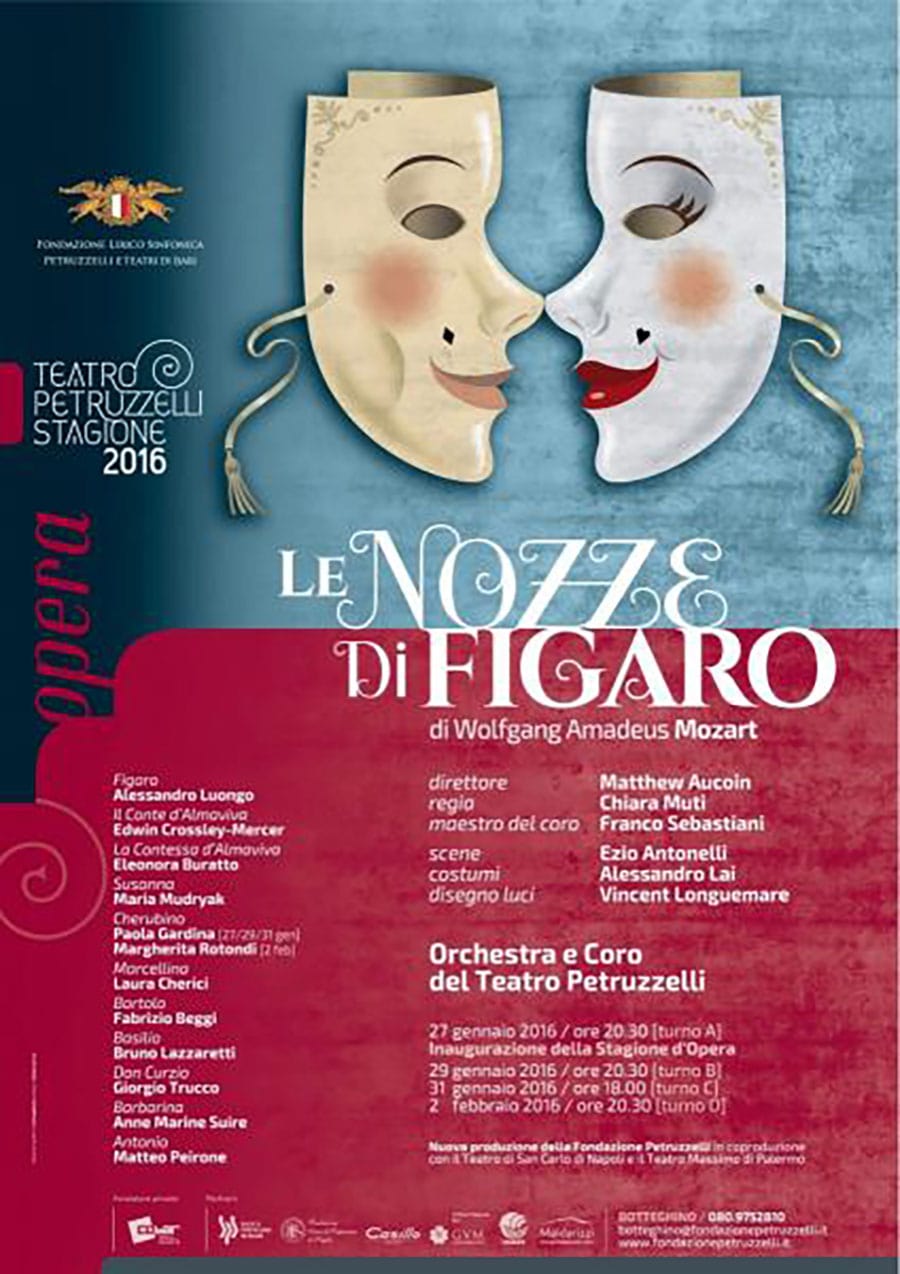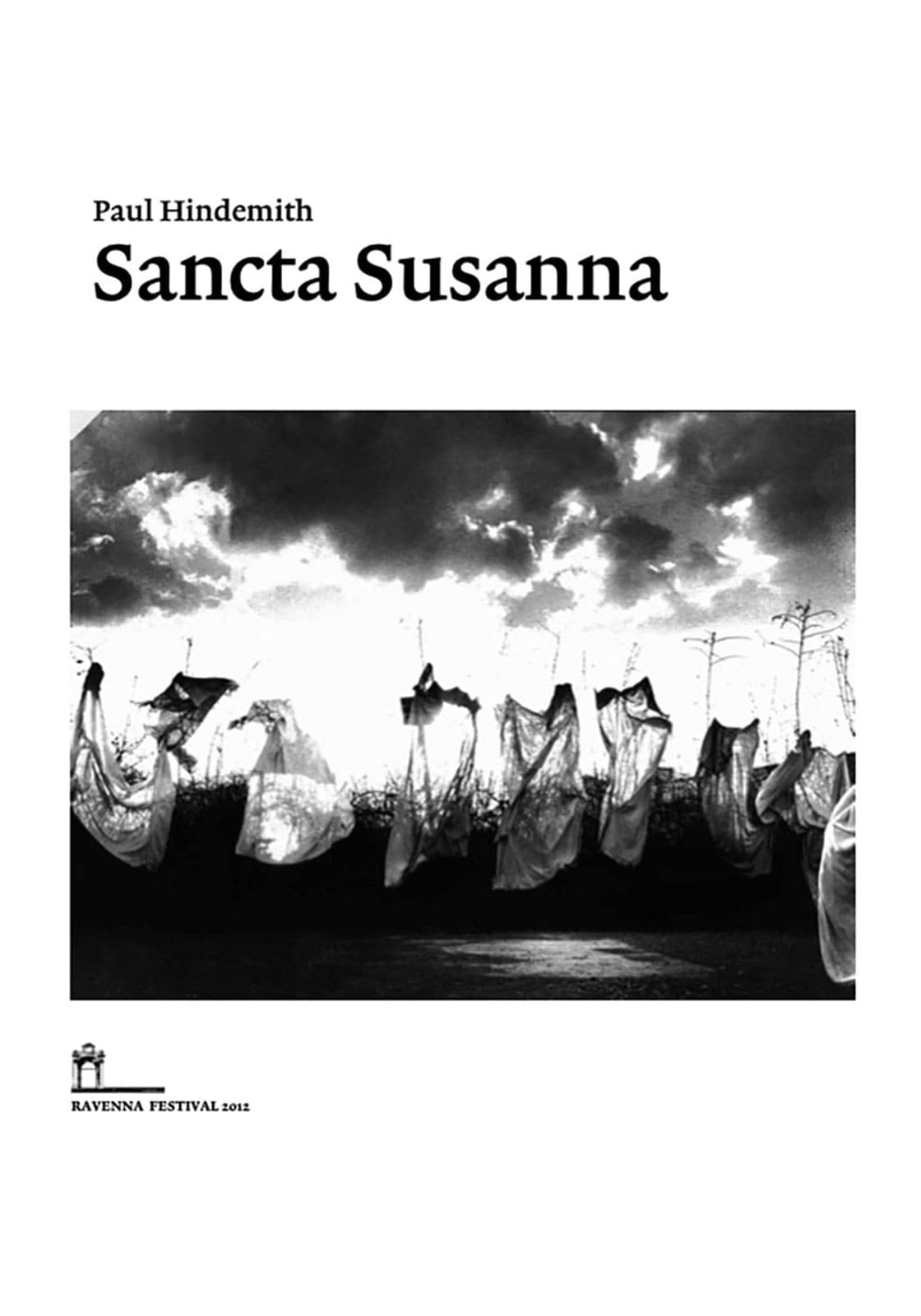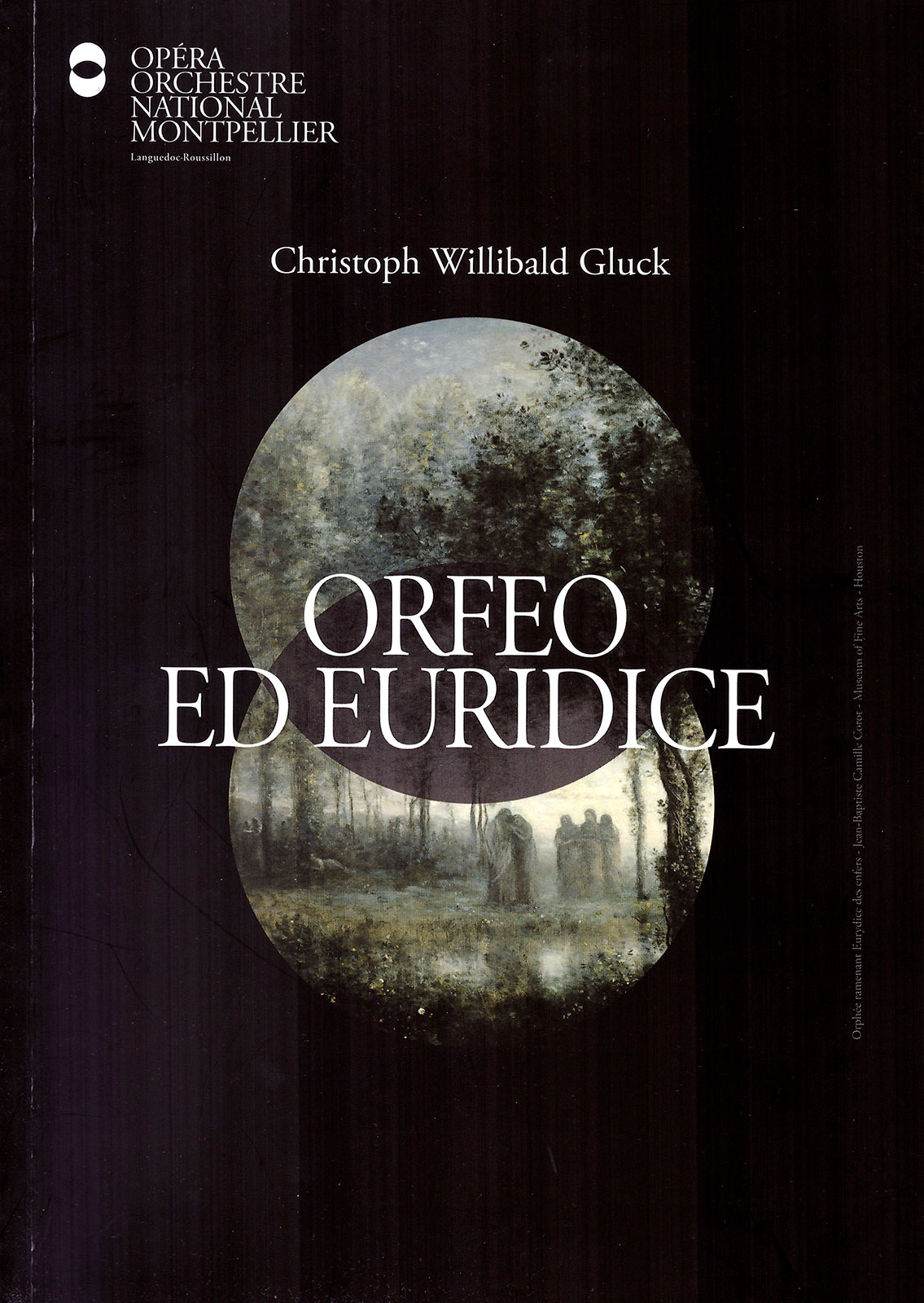21 Jul Musikanten
Beethoven as a pretext to rediscover excellence and open up new horizons of knowledge #gallery-1 { margin: auto; } #gallery-1 .gallery-item { float: left; margin-top: 10px; text-align: center; width: 50%; } #gallery-1 img { border: 2px solid #cfcfcf; } #gallery-1 .gallery-caption { margin-left: 0; } /* see gallery_shortcode() in wp-includes/media.php */ Chiara Muti - Actress in the movie "Musikanten" Note di regia Artisti Chiara Muti - actrice - auteure - conception et mise en scène David Fray - piano Vincent Longuemare -concepteur éclairage Raffaele Bassetti - concepteur sonore Nima Ghashghaei - concepteur vidéo Virginie Reisz consultante littéraire et linguistique Valerie Drouot coach de Français 4/7/ 2023 https://www.youtube.com/watch?v=yDaRcmfiJWQ&ab_channel=AlternativeGroup “…Pour ses débuts dans la mise en scène lirique, Chiara Muti, fille ainée du maestro, atteint d’emblée les sommets. La triade jugement-liberté-pardon constitue la clé de son travail: impossibilité pour Susanna de réprimer sa propre nature; besoin du pardon que la nonne implore, admettant sa faiblesse.Toute la production… transpire et respire le théâtre, avec un petit quelque chose de cinématographique parfois (le regard terrifié, fixé sur nous spectateurs, de deux jeunes soeurs agenouillées.)… Hystérie, mysticisme, érotisme s’entremêlent dans Sancta Susanna, comme rarement dans l’histoire de l’opéra. Ici, le spectateur est saisi d’une horreur voluptueuse qui ne le lâche plus, jusqu’à l’anthologique image finale, avec les soeurs criant “Satana!” d’un coté et Susanna s’immobilisant, comme baignée par la lumière de la rédemption. Une très, très grande soirée…” Sergio Albertini OPERA MAGAZINE, 10 Luglio 2012 “…La regia di Chiara Muti esemplare di esattezza e di eleganza…” Mario Bortolotto IL FOGLIO, 19 Luglio 2012 “… una definizione di sicura impronta visuale nel suggestivo gioco chiaroscurale di evidente rimando pittorico, coerente con l’intendimento registico di rivedere la vicenda dall’interno, sul versante dell’inconscio anziché farne pretesto di un inutile scandalismo…” Gianpaolo Minardi CLASSIC VOICE, 9 Luglio 2012 “…il perfetto spettacolo di Chiara Muti evita ogni approssimazione alle lussurie conventuali e volgari…” Alberto Arbasino IL Corriere della sera, 27 Luglio 2012 “…è musicalissimo, e teatralmente molto meditato, il debutto nella regia di Chiara Muti… segue il senso e le accensioni di Hindemith con un’azione dominata da luci stagliatissime, quasi cinematografiche, e plasmando i personaggi con un piglio più “attoriale” che melodrammatico… Bella l’intuizione conclusiva: il grido di “Satana!”, lanciato dalle suore a Susanna , finisce per colpire come un boomerang, ritorcendosi contro di loro, mentre la nostra eroina trova la luce della redenzione.” Leonetta Bentivoglio La Repubblica, 7 Luglio 2012 “…l’allestimento riassume il senso non blasfemo bensì vitale dell’argomento fa apparire come dal nulla, in un fiotto di luce mattutina, il cespo di lillà che accoglie il...




